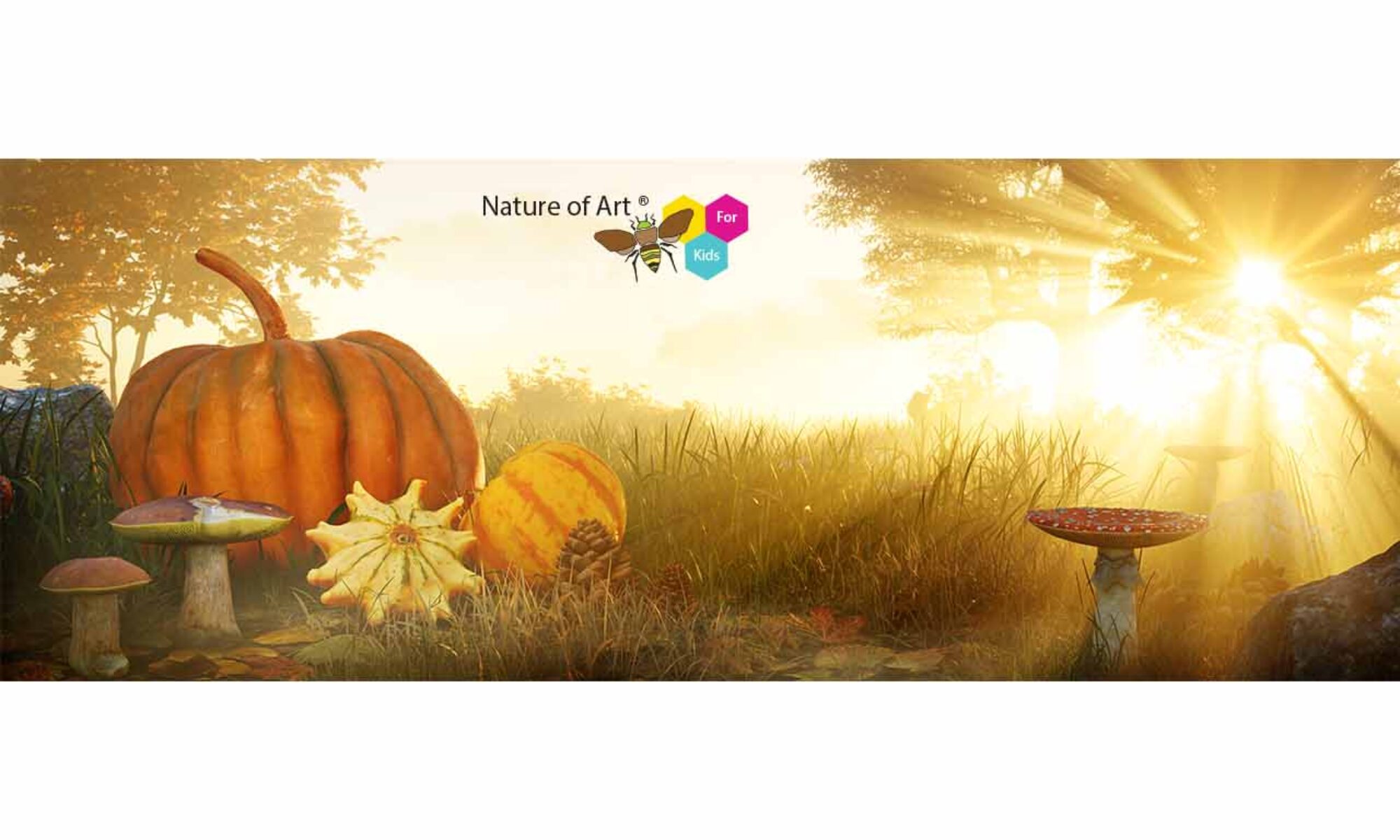
You may know that students learn in a variety of styles, so giving them a variety of options—including tactile and sensory experiences—will greatly benefit them. That’s one of the (very many) reasons I love art! Montessori sensory art activities and projects give students the chance to explore and use their senses as they learn and better understand new concepts and ideas.
Tactile learning happens when students touch things with their own hands. When a child touches an object, information is sent through the sensory nerves in their fingers to their brain. Almost all art making requires using direct touch to construct, build, or express.

Visual art uses direct sensory touching; students use their hands to create artworks. It stimulates learning in different ways, beyond just visual or auditory learning. For a developing child, tactile exploring can also lead to better fine-motor function and control.
Tactile learning is recommended for highly active children or kinesthetic learning styles; these types of children learn better by physical action and tactile sensations. Visually, hearing, and linguistically impaired children greatly benefit by tactile learning sensations.
It’s becoming increasingly important for young children to have tactile exploring opportunities. Montessori sensory art projects are a perfect way for tactile sensations to take place. Without these opportunities, a child can miss out on important spatial learning. Creating and making through touch helps with brain connectivity that can’t come from just sight and hearing sensory systems.

Sensory tactile art exploration is very important for young children to have. I recommend providing lots of tactile art experiences for the students in your classroom. Experiment and try out a variety of sensory art projects that can aid in learning and be experienced by hand manipulations. The more they can use their hands and fingers directly, the more connections they’ll build.
Most teachers don’t know that you can teach very basic art simply by using a child’s curious sensory system. Plus, kids can relate to the topics they are touching and feeling much better than abstract ideas they can’t feel or see first hand.
Where to Start: Montessori Sensory Art Projects That Utilize the Senses
Approach teaching lessons by thinking of the ways kids use their sensory system. Then frame your art activities to help students discover the topics you’re teaching and see details differently.
I teach my science art method by focusing on these three sensory systems:
- Visual perception
- Cognitive
- Fine-motor
If you plan your art specials to incorporate all three of these sensory systems, you’ll be helping your students better understand their Montessori lessons.

One Step Further: Integrating Science with Drawing
When I’m leading a lesson that focuses on sensorial experiences, one of my favorite things to do is take my students outside to closely observe the different aspects of nature. I’ll talk about how scientists and naturalists record their findings using drawings and paintings. Then I’ll ask my students to look closely and observe the natural patterns.

We’ll look at natural objects with a magnifying glass, and feel the specimens with our fingertips. I then ask my students to describe in words what they noticed and could feel, and ask them what they know about the specimens in relation to nature and where they came from. Finally, I’ll challenge students to record their findings by drawing each one with a pencil. Encouraging them to record the details on each object they saw, and allowing them to trace the different items if they didn’t yet feel confident in free-hand drawing. Then I’ll give them the choice to finish their drawing with colored pencils or watercolor paint.
Here are some ideas for nature specimens for your students to observe and record:
- A variety of leaves
- Bird feathers
- Starfish
- Lemon (or other citrus) slices
- Wood chips
- Seashells
A Short Cut Just for You – Professional Development
Sensory art and sensorial art experiences are just one part of teaching students art literacy and artist habits. If you want the tools to help your students become little artists, then you need a foundation of knowing how children are able to learn art. In my online course, Art Teaching Blueprint, I give you everything you need to easily start successfully teaching art to your your Montessori students.
Art Teaching Blueprint is about to open!

I’ve been helping Montessori teachers all over the world bring art into their classroom for more than 20 years. And I’ve honed and perfected my own art teaching method, and have developed it to complement and support Montessori philosophy, so that you can start teaching art in your classroom too. From setting up a proper art environment and art shelf, to giving your students age-appropriate mediums to explore with, I cover everything a Montessori teacher needs to know.
I’m so excited to be opening up the course one more time for this year! You can sign up for the course starting November 1. But if you want a reminder, and to save your seat now, click here to join the waitlist!



All rights reserved © 2024, Nature of Art®
No part of this blog may be used or be reproduced in any manner whatsoever including reproducing, publishing, performing, and making any adaptions of the work – including translation into another foreign language without written permission except in the case of brief quotations embodied in critical articles and reviews. Nature of Art® Publishing P.O. Box 443 Solana Beach, California 92075.





